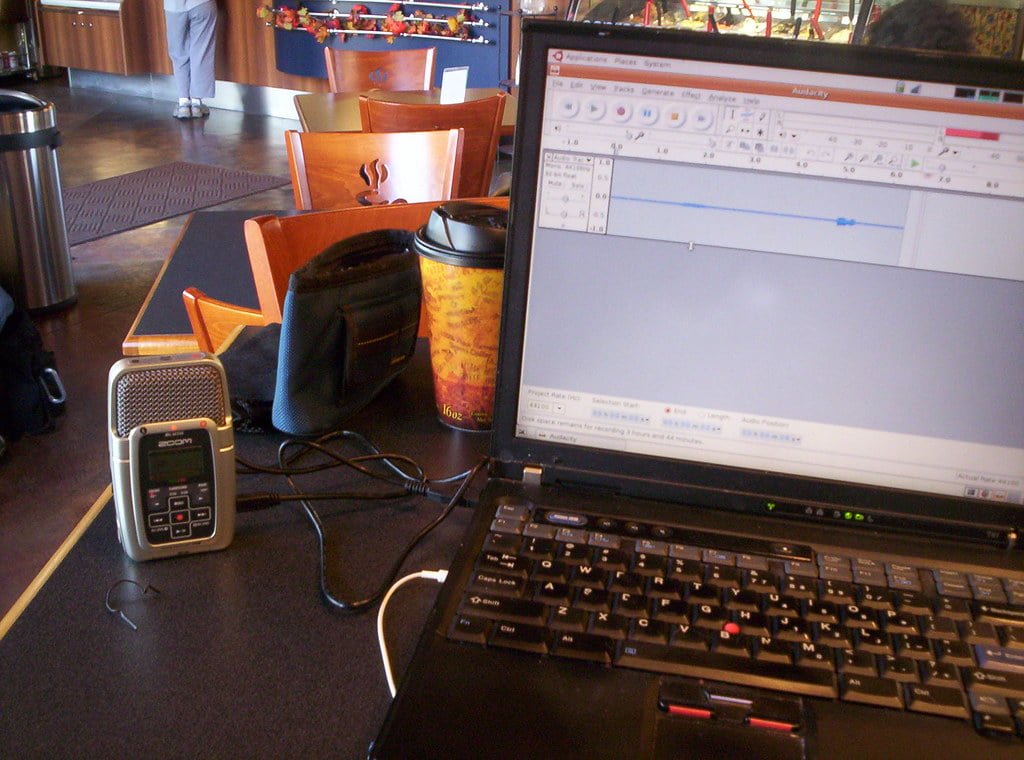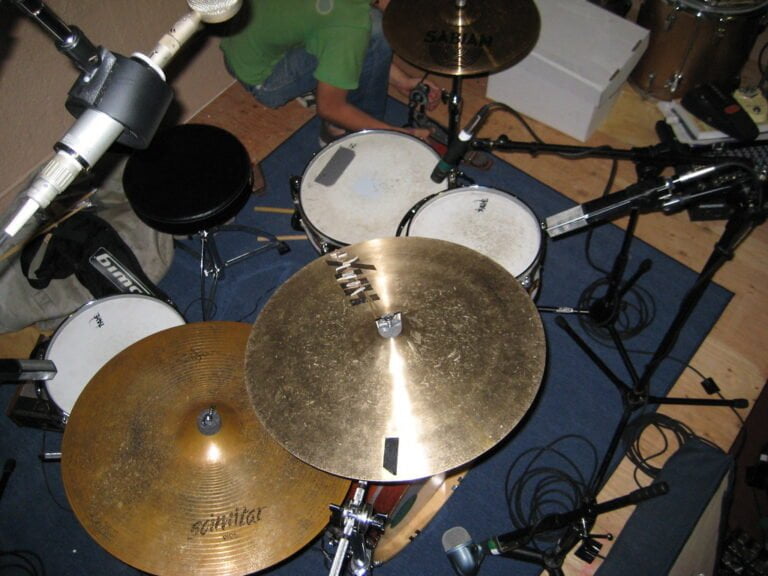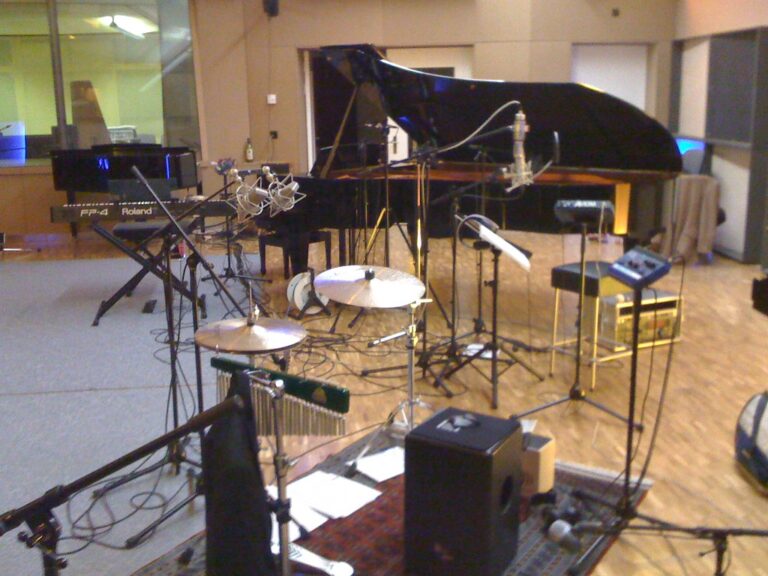Ambient Recording Techniques: Capturing Natural Room Sound
When it comes to capturing natural room sound through ambient recording techniques, it’s like revealing a hidden dimension within your audio recordings. The way the sound of a space can influence the emotional impact of a scene is truly remarkable. But have you ever wondered how professionals seamlessly blend natural room sound with their audio productions to create a more authentic experience? Stay tuned to discover the secrets behind capturing the essence of a location through ambient recording techniques.
We are supported by our audience. When you purchase through links on our site, we may earn an affiliate commission, at no extra cost for you. Learn more.
Understanding Natural Ambience
Natural ambience is an integral component in capturing the authentic soundscape of any location. When engaging in field recording to gather ambient audio, the choice and placement of the microphone are important factors. The microphone acts as the listener’s ear, picking up the intricate details of the environment.
In the domain of ambient audio recording, understanding the specific characteristics of different environments is paramount. Whether it’s the gentle rustling of leaves in a serene forest, the distant hum of traffic in a bustling city, or the rhythmic crashing of waves along a coastline, each setting offers a unique sonic identity.
To truly grasp the essence of natural ambience, one must explore into the sounds present in a location. These sounds not only provide a sense of place but also contribute significantly to the overall atmosphere and mood of a scene. Through attentive field recording techniques, one can capture these sounds faithfully, preserving the authenticity of the environment.
Careful consideration of microphone placement is essential in achieving immersive and authentic natural ambience. The position of the microphone relative to the source of the sound can greatly influence the recording quality. By mastering the art of selecting the right microphone and placing it strategically, one can elevate their ambient recordings to a new level of realism.
Essential Equipment
Moving on to the equipment necessary for ambient recording, one key element for selecting appropriate microphones to accurately capture the surrounding sounds is choosing omnidirectional microphones. These microphones have the ability to pick up sound from all directions, making them ideal for capturing the natural room sound in its entirety.
In addition to choosing the right microphone type, utilizing low self-noise microphones is important for maintaining high-quality recordings, especially in quiet environments where even the slightest noise can be disruptive. These microphones guarantee that the recordings are clean and free from unwanted background noise.
To further enhance the quality of ambient recordings, using windshields and shock mounts is essential. Windshields help in reducing unwanted wind noise, while shock mounts isolate the microphone from vibrations and handling noise, resulting in clearer and more professional-sounding recordings.
In ambient recording setups, the importance of proper accessories like XLR cables for clean audio signal transfer and sandbags for stabilizing microphone stands cannot be overstated. These elements work together to make sure that the recording process is smooth, efficient, and produces high-quality results.
Techniques for Capturing Natural Ambience
Exploring diverse microphone placement techniques is essential for capturing the natural ambience with precision and depth. When recording ambient sounds, the choice of microphones and their placement greatly influences the quality and character of the final recordings. Different microphone configurations such as A/B, X/Y, Binaural Stereo, and ORTF offer unique stereo fields, allowing for a variety of spatial perspectives in ambient recordings.
Before initiating the recording process, location scouting plays a vital role in identifying suitable environments that can provide rich and immersive natural ambience. Listening attentively to the surroundings before recording helps in identifying key sounds that contribute to the overall atmosphere, aiding in making informed decisions about microphone placement. Careful attention to gain levels is also vital to prevent clipping and ensure optimal recording quality in capturing natural ambience.
Selecting the appropriate microphones for the desired effect and understanding how to position them effectively is fundamental to successful ambient recordings. By mastering these techniques and continually refining one’s approach through practice and patience, a deeper understanding of the sonic identity of different spaces can be achieved, leading to more immersive and captivating ambient recordings.
Practice and Patience
Practicing the art of capturing ambient room sound involves developing acute listening skills to discern subtle environmental nuances essential for peak recording quality. It is essential to cultivate patience when recording room tone, as this allows for the capture of extended periods of ambient sound for seamless integration into audio projects. Understanding the sonic characteristics of a room through practice is instrumental in selecting best microphone placements for recording. Patience is also required to wait for ideal moments of silence or minimal interference to capture pristine room tone successfully. Consistent practice and patience are key factors that lead to improved proficiency in capturing natural room sound, ultimately enhancing the overall audio quality of recordings.
- Develop Listening Skills: Hone the ability to identify subtle nuances in the room environment.
- Exercise Patience: Allow for extended periods to capture ambient sound seamlessly.
- Optimize Microphone Placements: Practice helps in selecting the best positions for recording.
Related Resources
To enhance the process of capturing ambient room sound effectively, it is valuable to explore various related resources that can offer valuable insights and tools. Room tone plays an important role in maintaining audio quality during post-production editing. Foley studios, known for their precise sound recording, typically have quieter room tones compared to outdoor environments, making them ideal for capturing clean ambient sound.
When capturing natural room tone, it is essential to ensure its cleanliness to facilitate de-noising and sound isolation processes. Utilizing tools like iZotope’s RX software can assist in creating artificial room tone; however, self-recorded room tone is often more effective in preserving the authenticity of the ambient sound.
Recording room tone for each microphone, position, and perspective is important for maintaining consistency in sound editing. This practice ensures that the ambient sound seamlessly integrates with the main audio, creating a cohesive listening experience. By exploring various resources related to capturing natural ambient sound, such as online forums, audio engineering books, and expert tutorials, one can gather valuable techniques and insights to enhance their recording process and achieve high-quality room tone for their projects.







